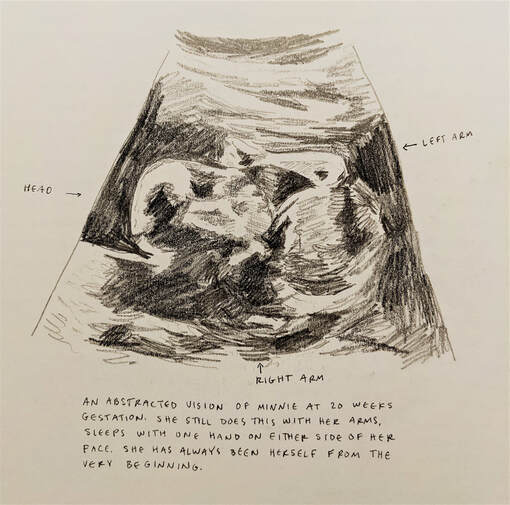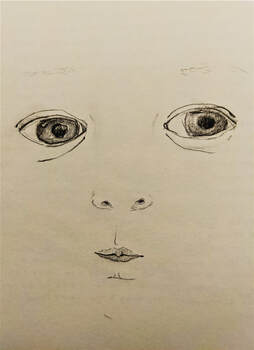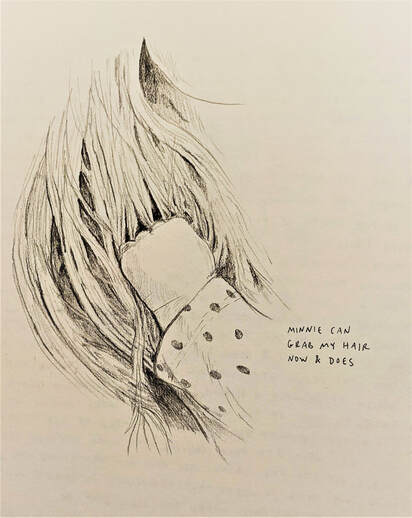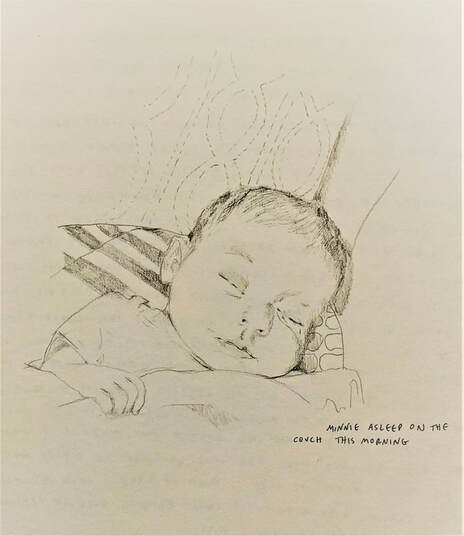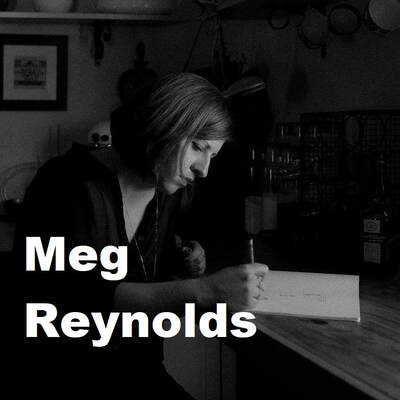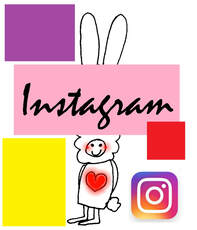|
I changed my title of this online space from "Working On Something - Blog" to "Working On Gallery". Since September 2020, I have been collecting craft essays from poets who also work with visual elements. Some of them were editors who shared their processes of their visual submissions. Others were poets whose pieces were adapted by visual artists. I realize that this site is becoming a phenomenal gallery, where current leading poets speak their thoughts of their visual compositions along with their art. This is so unique because this is different from journal & magazine publishing. This is more personal and something fantastic is starting. For example, Octavio Quintanilla showed his current working collection, "The FRONTEXTO", along with his process poem. He said, "[E]ssay transformed itself in each revision. Just kept changing because, in the end, I didn't want to write a "traditional" sort of essay. So, I started taking notes as if I were creating a frontexto, and indeed, three frontextos came out of that process." I really loved how Quintanilla approached and used the space. And I am thankful to have a better vision of what I want Working On Gallery to be. In addition, Frances Cannon is one of the more active poets/artists working today. She constantly publishes varieties of visual writing works - graphic reviews, illustrations, books... So, I was curious as to how she manages her inspirations, workloads, and new projects. What is the blueprint of her brain? She created two new pieces for this gallery. Simply amazing. Meg Reynolds contacted me after the Indianapolis Review was released. We were both in their visual poetry issue. I did not know her, but was familiar with her black and white drawings - simple yet energetic - and I was so excited to actually know her in person. When we started talking about this craft essay, she in the last days of her pregnancy. She was like, "My due day is tomorrow!" and I said, "Why are you thinking of my request?!" I admire her creative professional mindset. It is not easy to concentrate on taking care of both yourself and your family, especially a newborn baby. It is her ongoing project - process essay about motherhood and Poetry/Essay & Drawing - and I am so honored that she shared her first weeks of the project. I am also excited to witness how she develops her pencil touches & styles though her motherhood days & years. Here is a peaceful, beautiful, and powerful composition by Reynolds. Motherhood in Poetry Comics By Meg Reynolds Throughout my pregnancy, my center of gravity warped, changing the way I moved. Now I carry my daughter’s growing body around our small apartment, our shared weight continually redistributing. She takes up space that expands to include her. I live in typical bewilderment - when did my infant grow out of her first onesie? In one of the endless late-night hours when she refuses to fall back to sleep? Or last week, which went so fast that I’m certain only contained three days? The warping of time is even more pronounced. Last time my life changed this significantly, I wrote a single panel of visual poetry each day for a year. The resulting collection allowed me to witness the arc of my life, how I changed through grief and art-making. Now I return to visual poetry because it is a medium well suited for times like this. It resists categorization and commits to unanswerable questions when I don’t have an answer to even simple questions like what time it is. What makes poetry comics? What am I doing? I’m not sure I know. Mothering often moves with a rigid linearity. To record this, I need the skeletal support of syntax. When I rise out of bed to feed her at night, it is a repetition of the same steps - warm the bottle, check the milk, nose the nipple into her mouth, doomscroll Instagram to stay awake. This is the consistency by which she lives and learns to live. I need words for this, but words in poetry, loosened and associative enough to accommodate how massive those moments feel, my daughter, hungry each night. Other times I am more flooded. The hour goes nonlinear, and I need images. There are faces she makes, a turning down of her mouth that seems built to describe every sadness I’ve ever felt. When I hold her, it is hard not to feel that I am gathering up all my old exiled or unloved selves and kissing their lonely faces. She is her own person with her own feelings, but she is sometimes also a prism for mine. That is what images are for, compressing time until it rings through the marks. The image witnesses what can’t be suspended over the scaffolding of beginning, middle, and end. Visual poetry makes a record of time moving in many directions because it too moves in many directions. It leads the pen and the eye both along the line of sentences and into the spiraling, layered time of the image. With the power of text and image, I work around and through motherhood. Each day I write at least one page in my journal and complete a 10 minute drawing. I draw from these pieces to make new poems and comics. As the boundaries between writing and drawing bend and change, so too do the boundaries between her and me, and I want to record it all. Meg Reynolds is a poet, artist, and teacher in Burlington, VT. Her work has appeared The Missing Slate, Mid-American Review, Fugue, Sixth Finch, The Offing, Hobart, and the anthology Monster Verse: Poems Human and Inhuman as well as The Book of Donuts and With You: Withdrawn Poems of the #Metoo Movement. Her comic poetry collection, A Comic Year, is forthcoming from Finishing Line Press in October 2021.
Comments are closed.
|
Archives
July 2024
|
フジハブ
Welcome to FUJI HUB: Waystation to Poetry, Art, & Translation. This is not your final destination. There are many links to other websites here, so please explore them!
Welcome to FUJI HUB: Waystation to Poetry, Art, & Translation. This is not your final destination. There are many links to other websites here, so please explore them!
What are you looking for?
FUJI HUB Directory
Popular Sites:
Gallery of Graphic Poems
Working On Gallery
(Monthly New Article by Writers & Artists)
About Naoko Fujimoto
Contact
Naoko Fujimoto Copyright © 2024
FUJI HUB Directory
Popular Sites:
Gallery of Graphic Poems
Working On Gallery
(Monthly New Article by Writers & Artists)
About Naoko Fujimoto
Contact
Naoko Fujimoto Copyright © 2024
